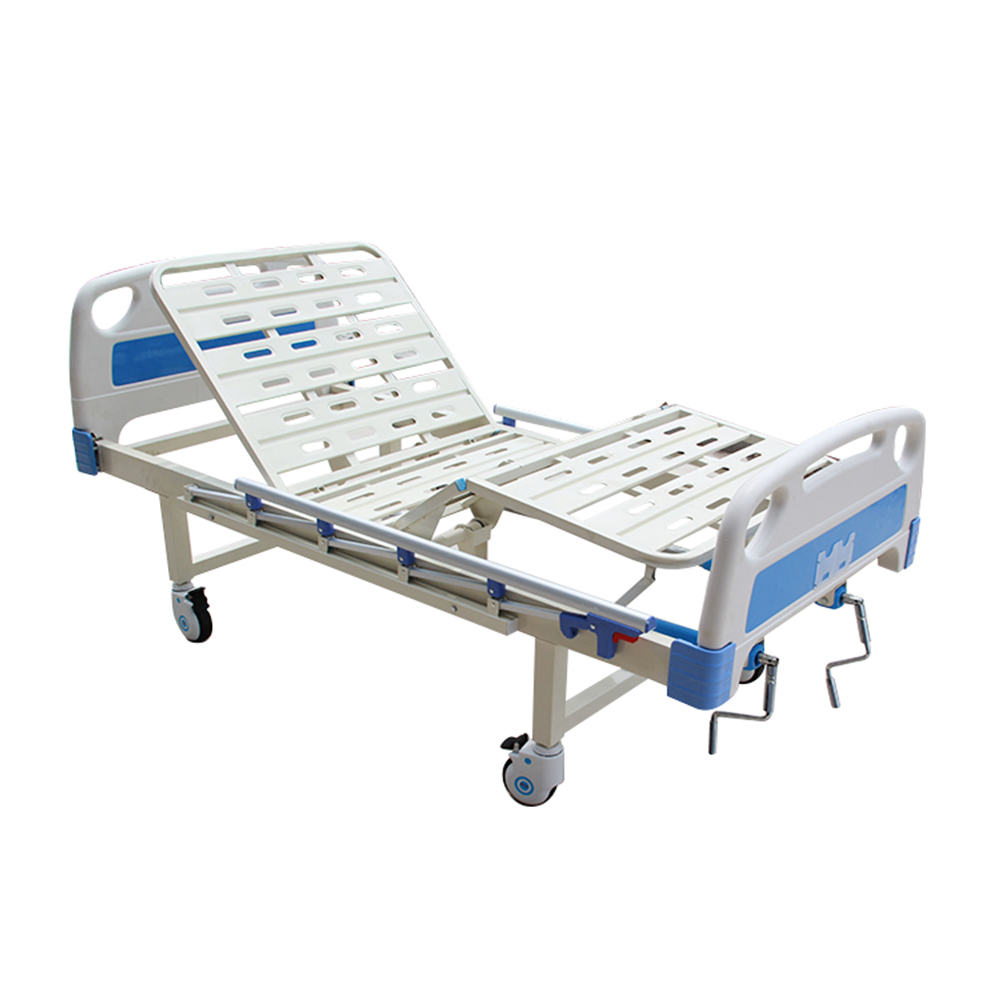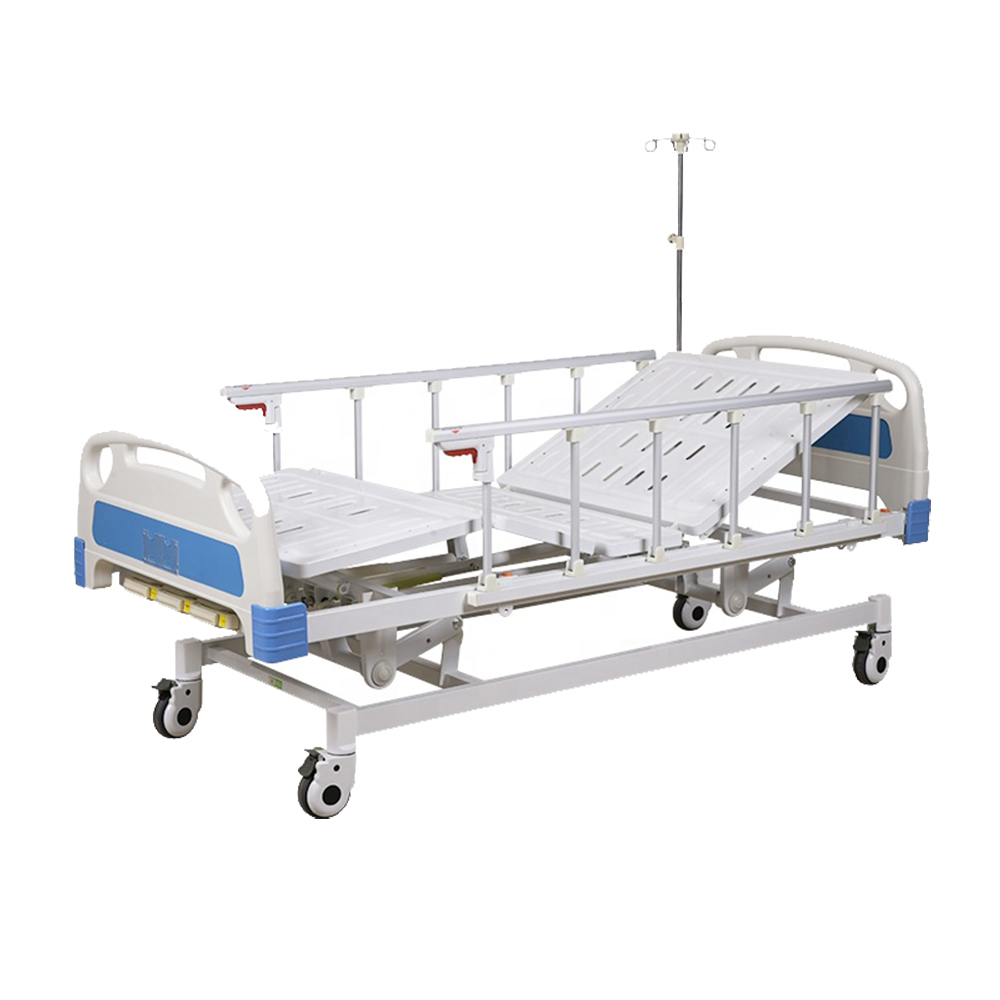Reasonable use of pesticides in greenhouse vegetable cultivation
In recent years, greenhouse vegetable cultivation is very common. Because the ecological environment within the vegetable shed is rather special, various pests and diseases are very likely to occur throughout the year. To effectively control pests and diseases and to cultivate high quality and safe vegetables, it is necessary to use pesticides scientifically and accurately.
Accurate selection of drugs Each pesticide has a certain range of prevention and control. Therefore, before use, it is necessary to understand the properties and methods of use of each pesticide. Accurately select drugs according to the characteristics and targets of the occurrence of pests in the shed, so that they can be targeted.
Timely medication According to the law of occurrence of pests and diseases, it should be applied at the initial stage of pests and diseases. Taking into account the warm and moist environment in the shed, it is not appropriate to spray on cloudy or rainy days to prevent excessive humidity and reduce the efficacy of the shed. At the same time, do not use sulfur preparations to prevent melon and vegetable diseases under high temperature conditions so as to avoid phytotoxicity.
Rotating drugs should be used alternately according to different types and different mechanisms of action. For example, dimethoate belongs to organophosphorus pesticides and the enemy kills pyrethroid pesticides. Their mechanism of action is different. If attention is paid to rotation, the occurrence of insecticide resistance can be avoided or delayed.
Safe use of drugs in the production of vegetables should use high-efficiency, low toxicity, low residue pesticides, should not increase the liquid concentration, the number of medication can not be too many, in strict accordance with the interval medication to prevent vegetables from throwing harm. At the same time, the use of highly toxic pesticides such as organic chlorine, carbofuran, and methamidophos must be strictly prohibited.
How to identify whether a pesticide is ineffective is important. When purchasing or using chemical pesticides, the quality of pesticides must be identified. If you purchase or use pesticides that have already failed, it will not only directly cause economic losses, but also be prone to phytotoxicity. At the same time, due to pests and diseases can not be timely Effective prevention leads to reduced production.
Whether pesticides can be effectively identified by visual method. For powder pesticides, first look at the appearance of the drug, if it has been significantly damp and agglomerate, smell is not strong or have other odors, and can be handcuffed into groups, indicating that the basic failure; for emulsion pesticides, the first bottle of medicine, if the drug The liquid is turbid or delaminated (i.e. oil-water separation), precipitates are formed or the flocs are suspended, indicating that the medicament may have failed.
Heating method. Suitable for powder pesticides. Take 5-10 grams of pesticide and put it on a piece of metal to heat it. If there is a lot of white smoke and there is a strong pungent smell, it means that the medicine is good. Otherwise, it means that it has expired.
Floating method. Suitable for wettable powder pesticides. Take a cup of 200 g of clean water, and then weigh 1 g of pesticide. Gently and evenly spread it over the surface of the water. Observe it carefully. If it is wet and can sink in water within 1 minute, it is an un-failed pesticide. Otherwise it is a failure pesticide.
Suspension method. Suitable for wettable powder pesticides. Take 30-50 grams of pesticide, place it in a glass container, add a small amount of water to make a paste, add 150-200 grams, stir in clean water, and let stand for 10 minutes. The undissolved pesticide has good solubility. The particles suspended in the liquid are fine, the sedimentation speed is slow and the amount of sedimentation is small, and the failure of pesticides is the opposite.
Oscillation method. Suitable for emulsion pesticides. For pesticides with oil and moisture layers, shake the vials vigorously and observe them after standing for 1 hour. If delamination still occurs, it indicates that the chemicals have deteriorated.
Hot melt method. Suitable for emulsion pesticides. Put pesticides with precipitates into the warm water with a bottle of water (the water temperature should not be too high, suitable for 50 °C -60 °C), after 1 hour observation, if the precipitate slowly dissolves, indicating that the pharmaceutical has not failed, until the precipitate dissolves Can continue to use after; if the precipitate is difficult to dissolve or insoluble, it means that it has failed and can no longer be used.
Dilution method. Suitable for emulsion pesticides. Take 50 grams of pesticide, place it in a glass bottle, add 150 grams of water, and shake it for 30 minutes. If the liquid is milky white on average, the pesticide can continue to be used. Otherwise it is a failure pesticide, and the upper layer is more multi-drug. The worse.
SHANGHAI ROCATTI BIOTECHNOLOGY Co., Ltd is a leading exporter and supplier of medical equipment in China. We are not only manufacturer of medical equipment but also we are professional on providing one-stop solution of hospital project, clinic project, Education University, laboratory, government tender as well as distributors. With more than 10 years of experience, our products have been exported to more than 100 countries and have obtained good reputations because of our competitive price, high quality products and excellent service.



Hospital Bed,Hospital Bed Automatic,Abs Hospital Bed,Manual Hospital Bed With Wheels
Shanghai Rocatti Biotechnology Co.,Ltd , https://www.ljdmedical.com
